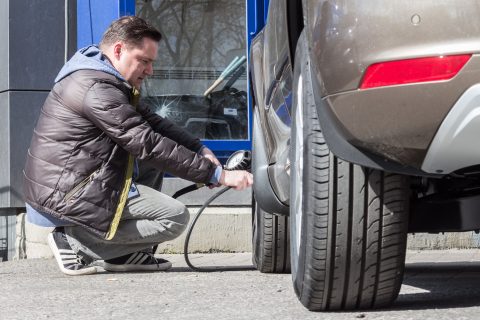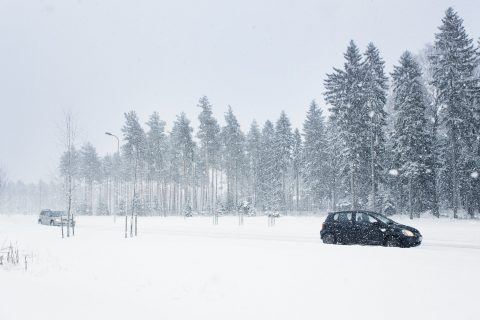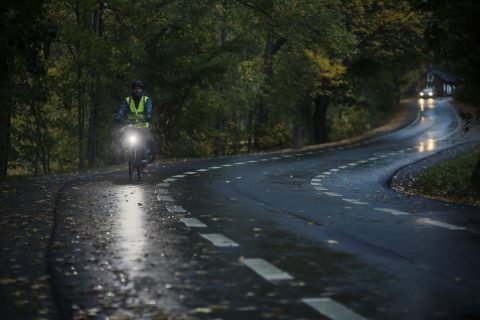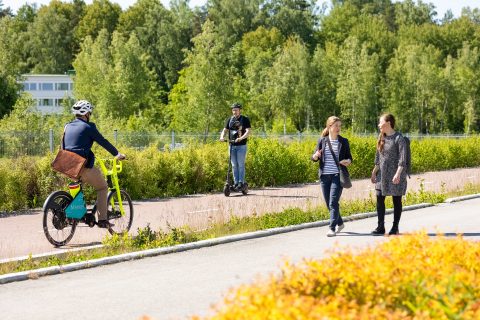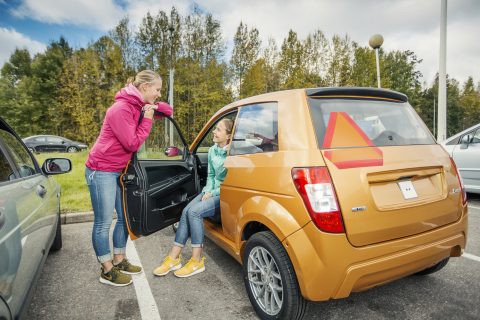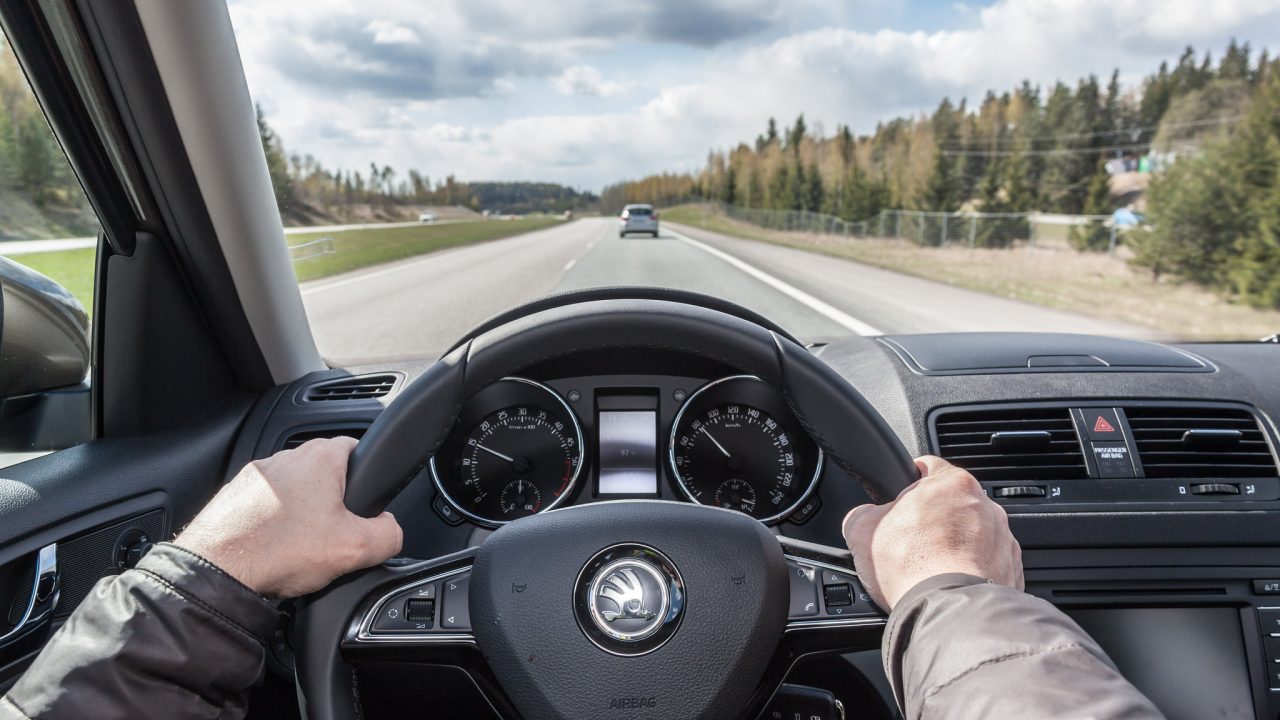
Safe distance
When you keep a safe distance, you can see what is happening ahead of you and have time to anticipate situations. With sufficient safe distance, others will also see you and can anticipate your actions. You will have time and space to act, and driving will be calmer, smoother and more economical.
Keeping a safe distance makes traffic smoother and safer
Most drivers keep a distance of approximately one second between each other. At 100 km/h, it is approximately 30 metres. In practice, such a short distance is not enough, as not all people respond to stimuli as quickly.
Too short a distance can lead to a rear-end collision and, at worst, a chain collision, which is why it is important to keep the distance. At road speeds outside of towns, the distance must be approximately 4 seconds, and in metres the same as the speedometer reading – 80 metres at 80 km/h.
If you drive too close to the one ahead of you
- you must drive on their terms
- you will constantly have to think about what they are doing
- your driving speed will vary, and driving will be uneconomical and stressful.
When you keep a safe distance
- you can see what is happening ahead of you and have time to anticipate situations
- others will also see you and can anticipate your actions
- you will have time and space to act when necessary
- driving is calmer, smoother and more economical.
In slippery conditions
Slippery conditions also extend braking distances. The rule of thumb is that the braking distance quadruples when the speed doubles. Similarly, reducing the speed by one quarter shortens the braking distance by half. It will take approximately one second for a driver to react and start braking. At road speeds of 80 km/h, the vehicle will advance by 22 metres in that time.
In urban areas, the distance in metres must be at least half of the vehicle speed used (e.g. 20 m at 40 km/h). On roads outside of towns in good conditions, the distance in metres must be the same as the vehicle speed (e.g. 80 m at 80 km/h).
Driving too close is unpleasant, as the pace is determined by the person driving ahead. The closer you drive to the one ahead of you, the more the so-called accordion effect occurs because of the varying driving speeds. Correspondingly, with sufficient safe distance, the queue will progress smoothly. With poor visibility, it is important that the rhythm of traffic is smooth and not jerky.
